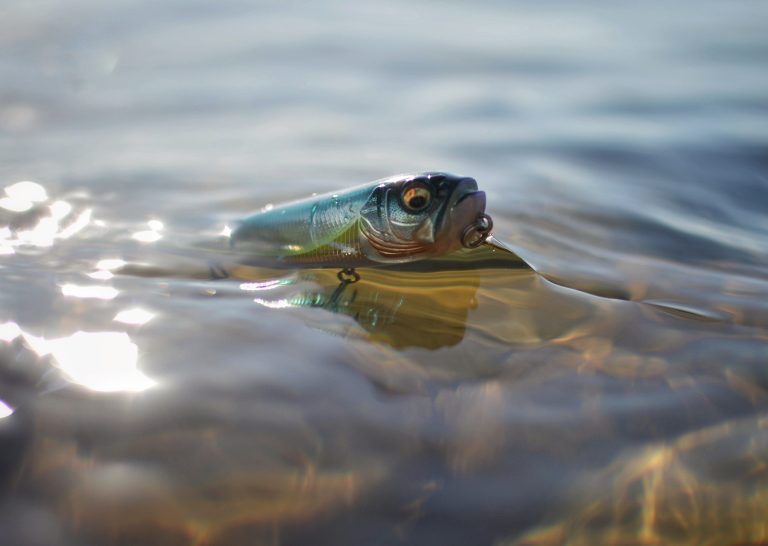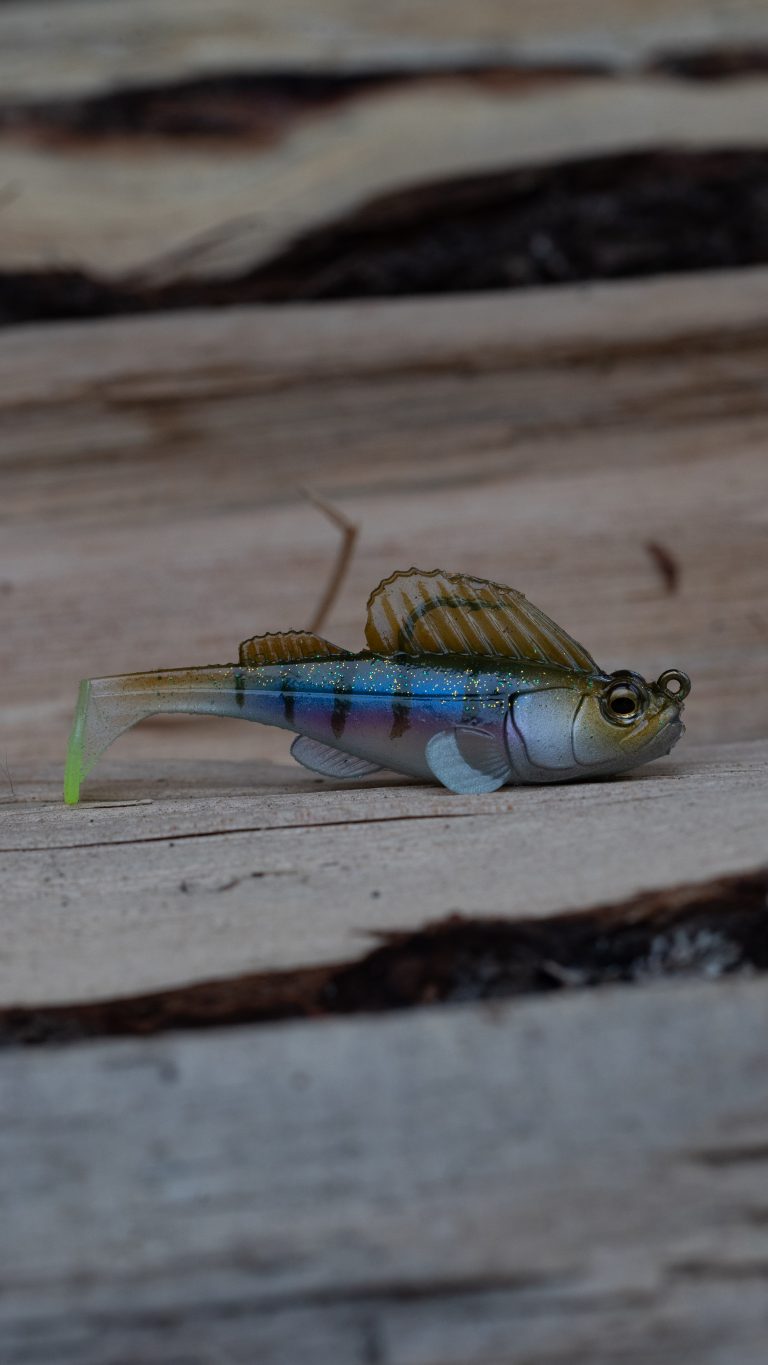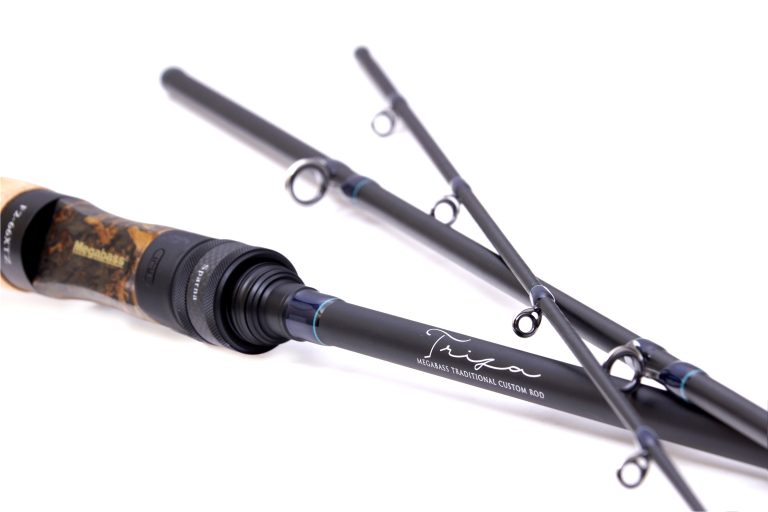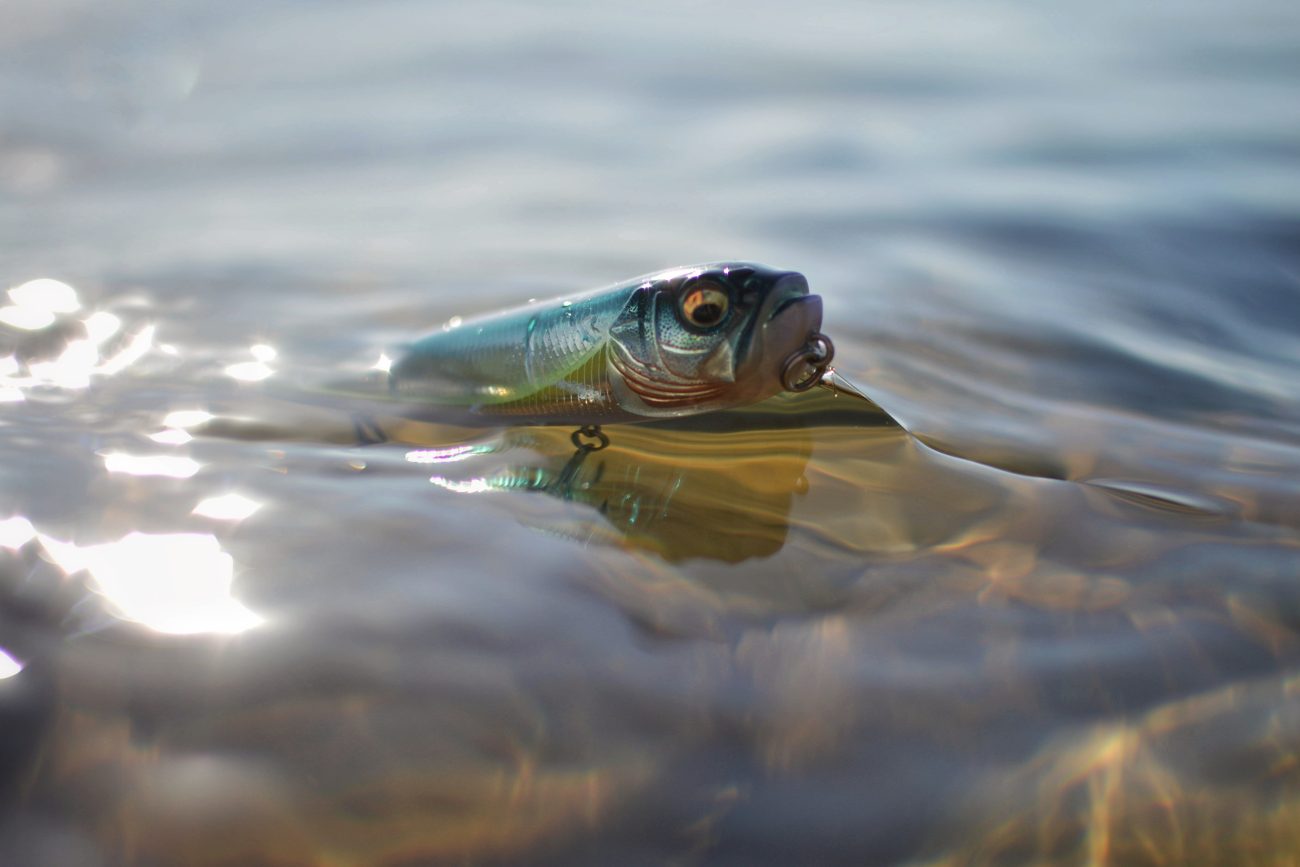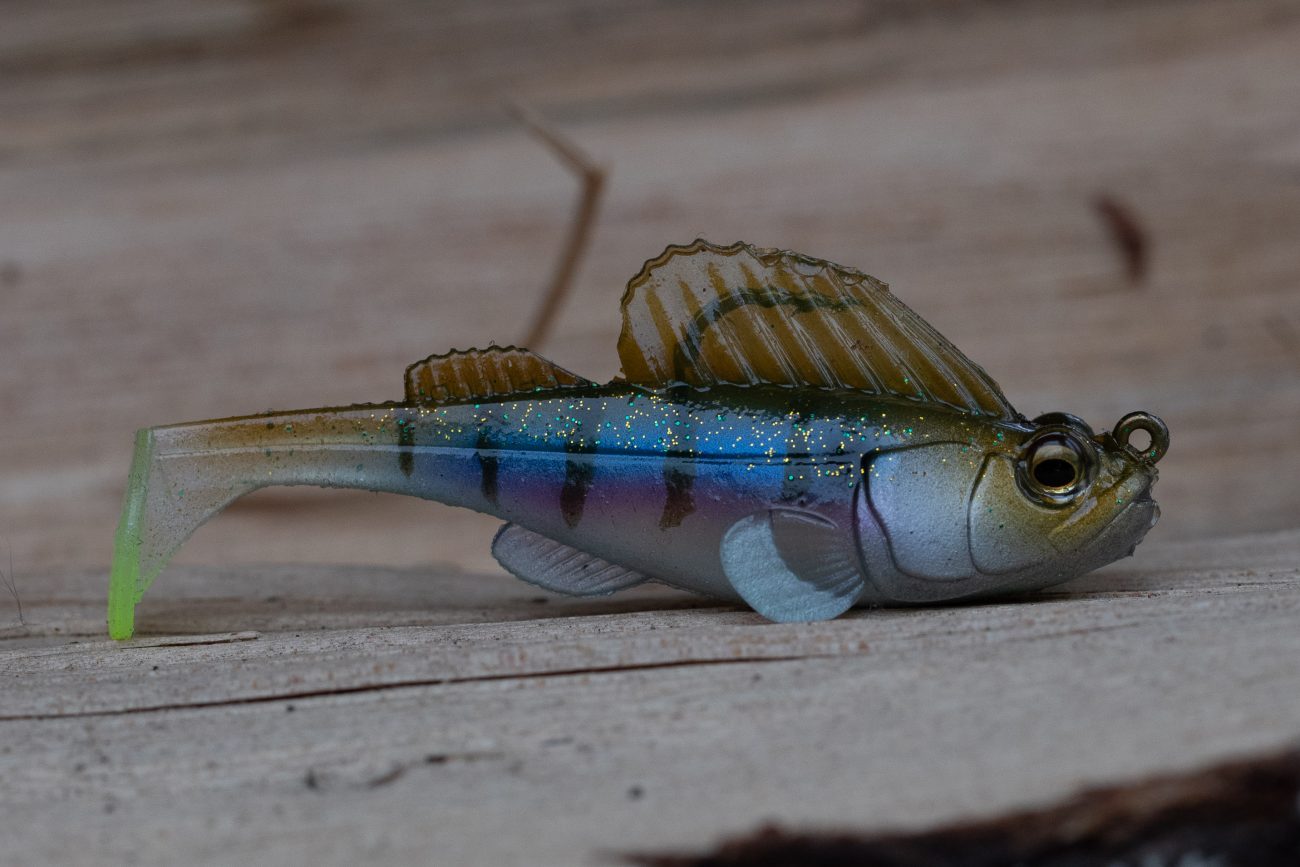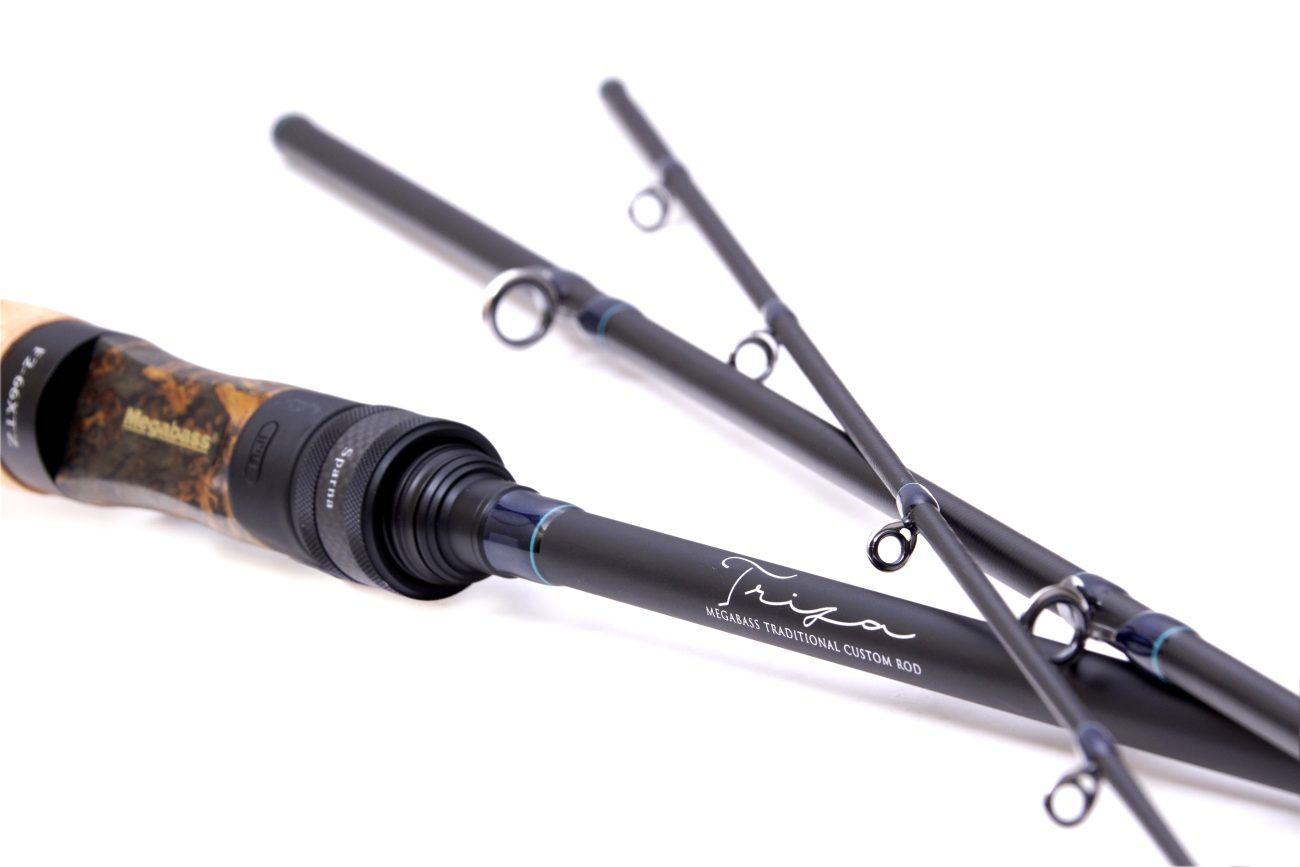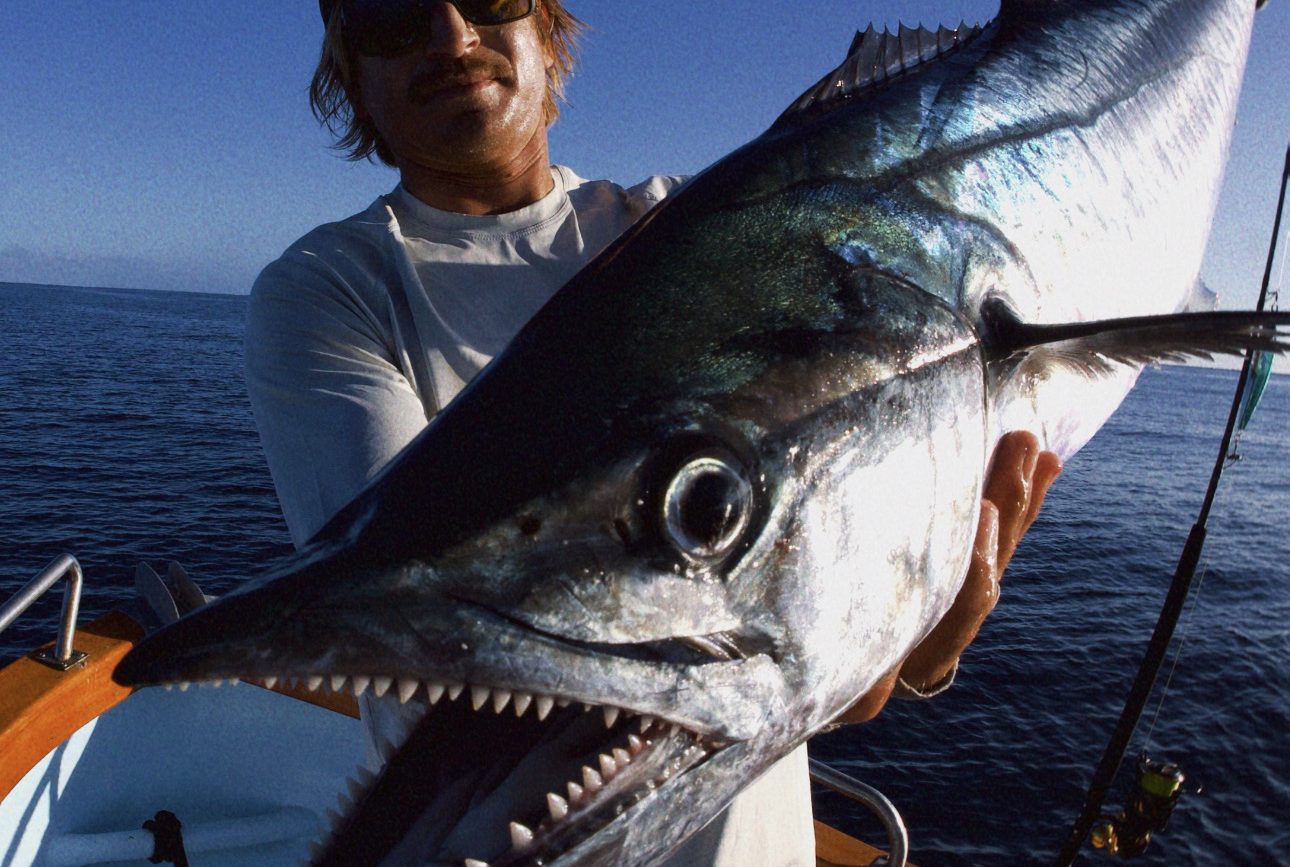Understanding Bass Movement is a Lifelong Endeavor
The hardest part of this sport for many people to understand is that there are no absolutes. On those occasions when you figure it all out, bass fishing can be incredibly rewarding, but much of the time it can be exceptionally frustrating, and late winter bass transitions are part of it.
Late Winter Bass Transitions are Subtle
Except for periods immediately before and after the spawning cycle, most bass transitions are subtle. Further complicating the matter, not all the bass in a lake are doing the same thing at the same time, but putting together the bass fishing puzzle means finding a starting point to build from. You analyze the conditions and theorize their next move. Sometimes you guess right, sometimes not so much. The transition from a full swing winter mode to the late winter is a subtle change, but there is indeed a biological rationale for this transition. It’s a necessary change that enables bass to prepare themselves for the pre-spawn phase, and the subsequent spawning cycle. The type of lake you fish has a great deal to do with how this late winter transition occurs. Below, you will find a sample of various lakes across the country, with an explanation of how the late winter bass transitions typically take place on similar venues.
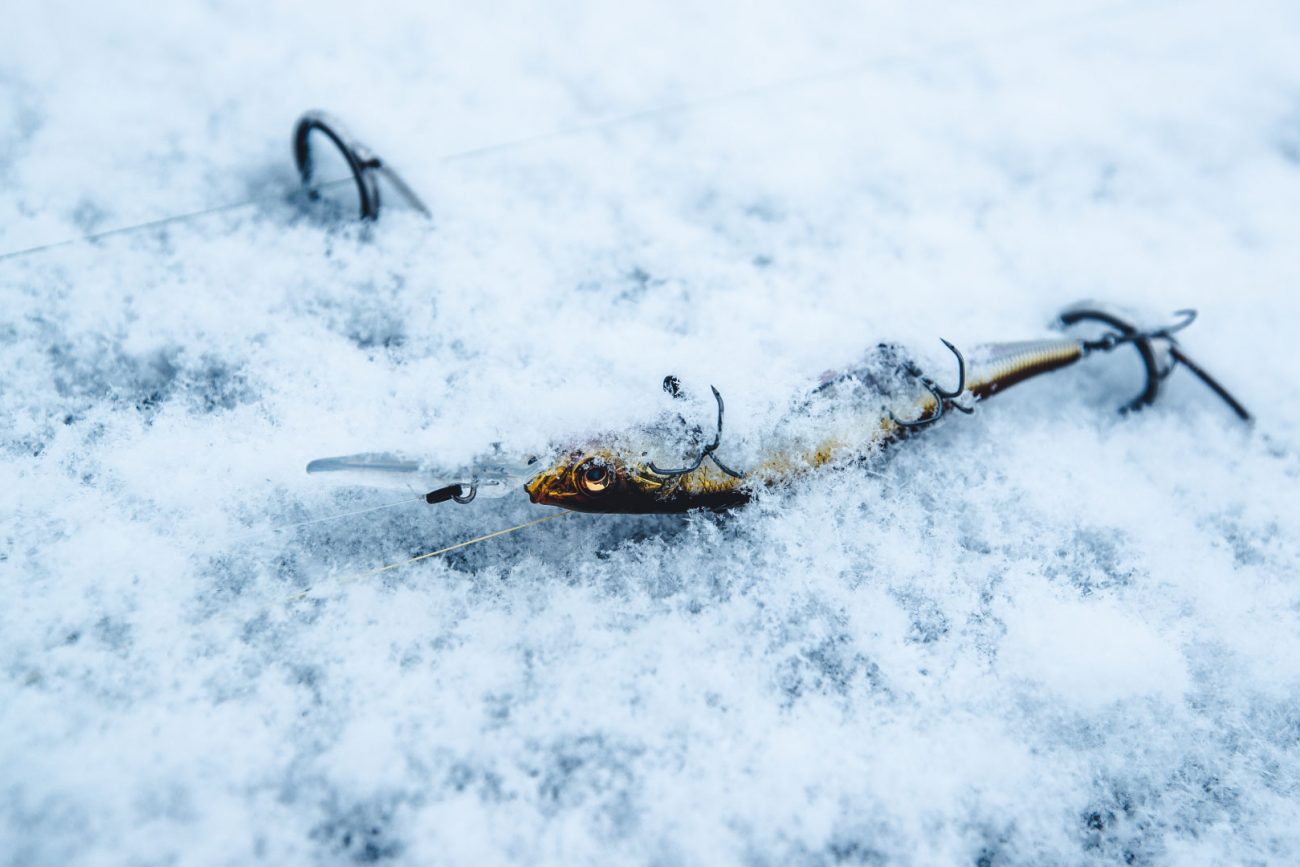
Grass Lakes
Lakes along the TVA chain, and many Texas lakes, have submerged hydrilla and milfoil as their primary cover. Grass lakes in Florida are not included in this analysis because the climate in that state as well as the consistently shallow water depth make those lakes an exception to the winter transitions. In grass lakes, many of the bass will relate to deeper river and creek channels during the coldest times of winter. The late winter transition, triggered by longer daylight hours, will see some of the bass begin to move up onto the flats near these channels and then spread out.
A lipless crankbait like the VIBRATION-X ULTRA is ultra-effective on grass lakes during the late winter. Reeling these cranks slowly just above the grass triggers transitioning bass and accounts for a ton of tournament wins each year.
Lowland Lakes
Non-grass lakes in the Midwest and south are excellent places to fish during the late winter bass transition. Lake Eufaula in Alabama, Buggs Island in Virginia and Ross Barnett in Mississippi as typical lowland impoundments that fit this description. Most of these lakes have some pretty heavy stain in the water, and are not considered very good fisheries in the dead of the winter. However, when the water begins to warm in the late winter transition, these fish will move shallow and become active; especially the bigger fish. This is the time of year when shallow cranking, spinnerbaiting and flipping accel on these lakes.
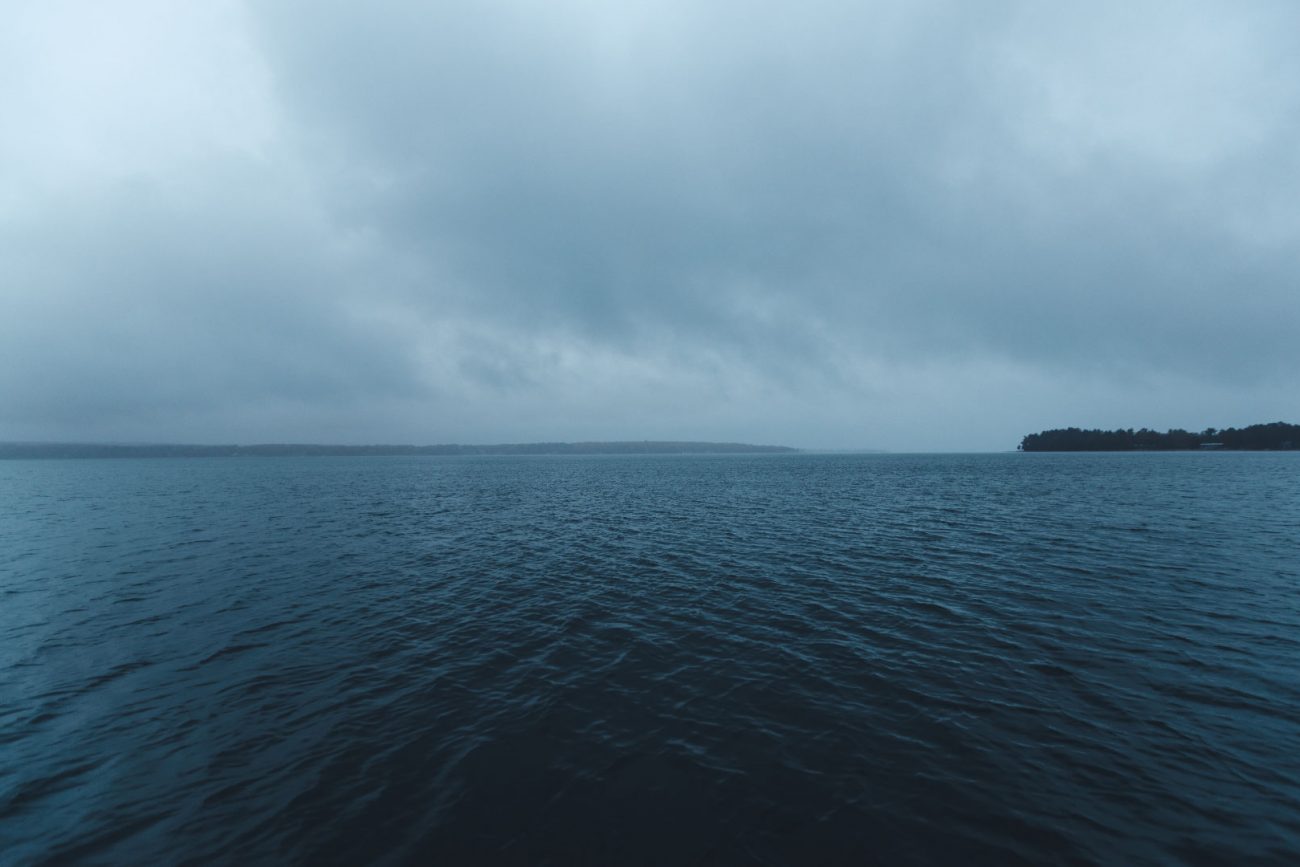
Highland Lakes
Most highland lakes are very good cold water fisheries. Table Rock in Missouri, Lake Lanier in Georgia and Lake Cumberland in Kentucky are good examples of these highland lakes. Highland lakes are set up perfectly for excellent jerkbait fishing during the coldest times of the year, and the late winter transition is still prime time for this technique. The difference you will notice in fishing a highland lake in the middle of the winter versus the late winter is that there are fewer suspended bass.
Mid-winter bass will suspend from 5 to 45 feet below the surface, and sometimes they’ll even be on the bottom, depending on the water clarity and cover. Once this late winter transition sets in, these super deep suspenders and bottom dwellers begin to move shallower and suspend over shallower water. For example, in early January, fishing a jerkbait over main lake points where your boat is in 40 feet of water might be a good technique. In late winter, those same points might still produce, but you will often be most successful by positioning your boat in 15 to 20 feet of water and expecting the strikes to come shallower.
Recognizing these transition periods and adjusting to them is a critical skill for any bass angler to learn. Once you begin to see how transitions work, it not only gives you a good starting point, but it also helps you adjust on the water more quickly and effectively in the future.

